Neuron. 2017 Oct 11;96:285–297. doi: 10.1016/j.neuron.2017.07.029.
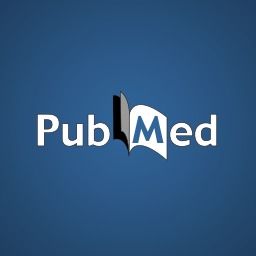

Nanobots that patrol our bodies, killer immune cells hunting and destroying cancer cells, biological scissors that cut out defective genes: these are just some of technologies that Cambridge researchers are developing which are set to revolutionise medicine in the future.
In a new film to coincide with the recent launch of the Cambridge Academy of Therapeutic Sciences, researchers discuss some of the most exciting developments in medical research and set out their vision for the next 50 years.
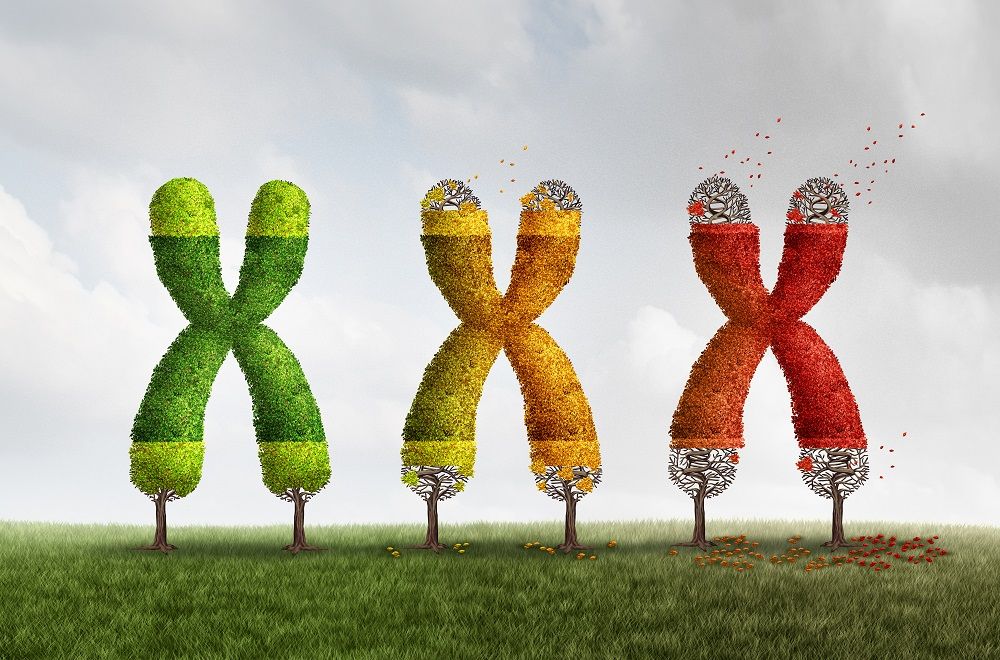

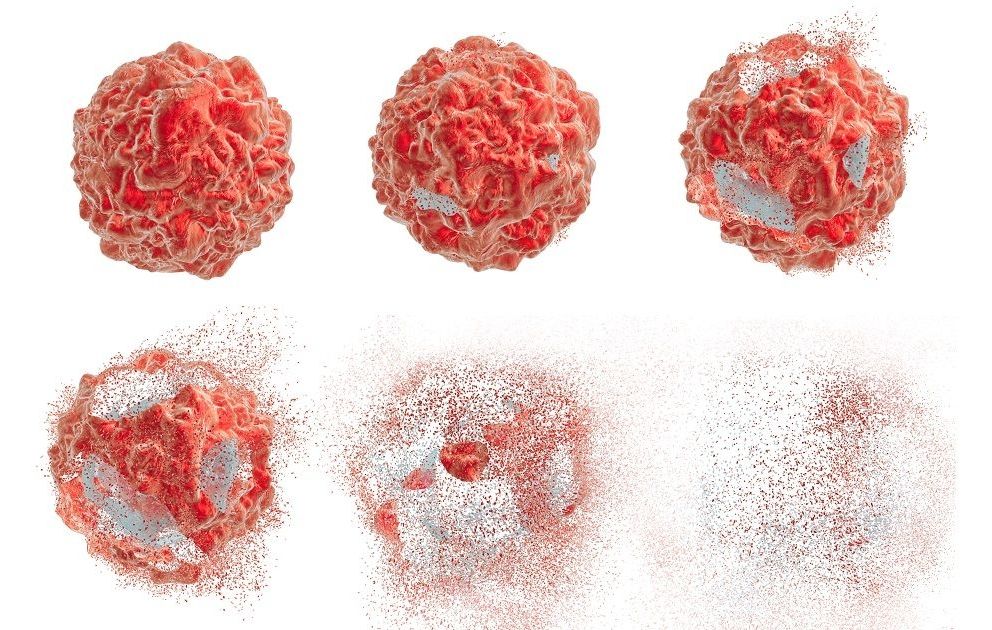
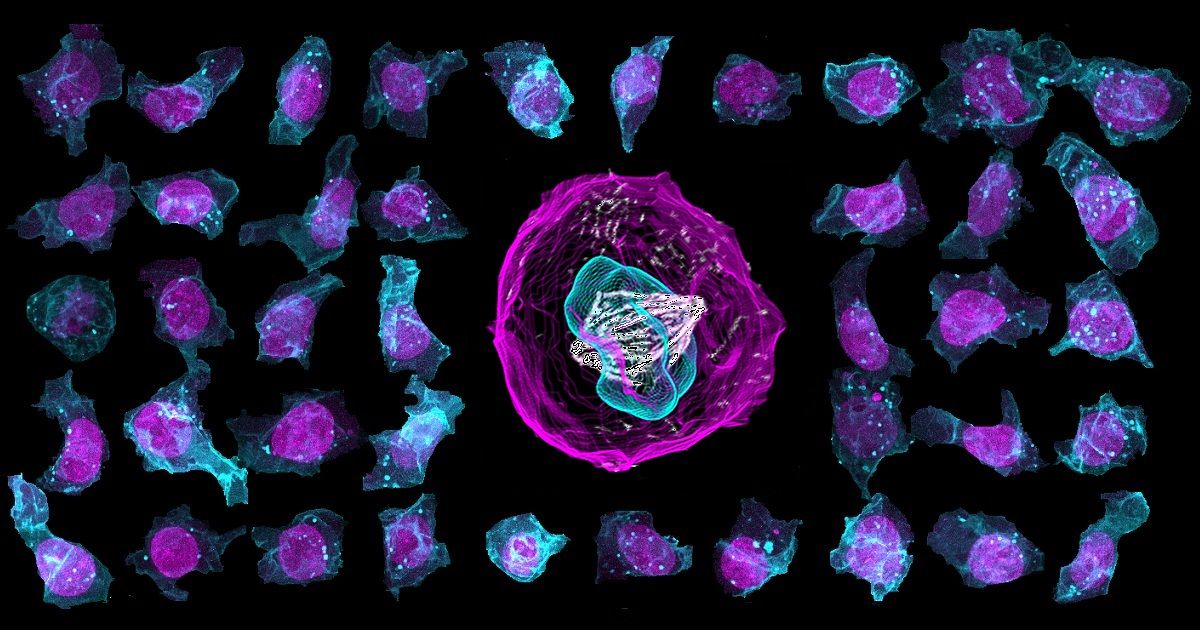
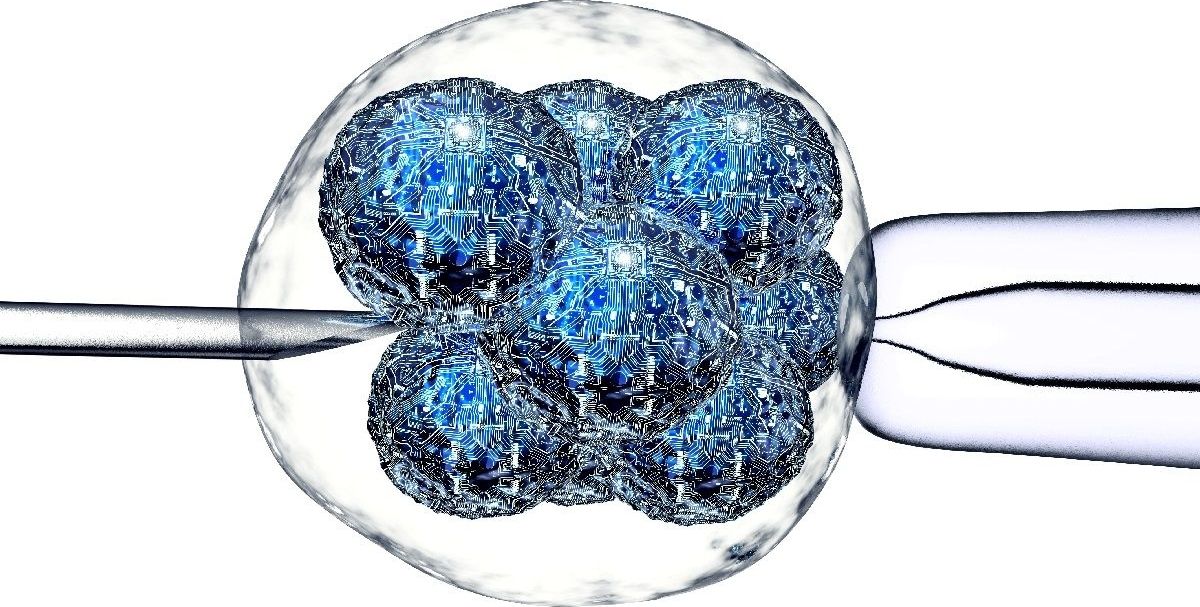
Second article (#2 of 3) in three part stem cell series.
Summary: Stem cell decline leads to disease, gradual organ failure, and death. Learn what causes it and how researchers are trying to reverse stem cell decline. Part one of a two-part series.
Are stem cells the fountain of youth?
Recent discoveries suggest that stem cells may be able to regenerate most of our organs in the near future. Using regenerative medicine, death and disability from organ failure will soon be a relic of the past. Gone too will be the failures associated with organ transplantation. Using stem cell therapy, our declining immune systems will be restored, no longer compromised by old age. Finally, stem cells can minimize the dysfunction and mortality associated with infectious diseases.
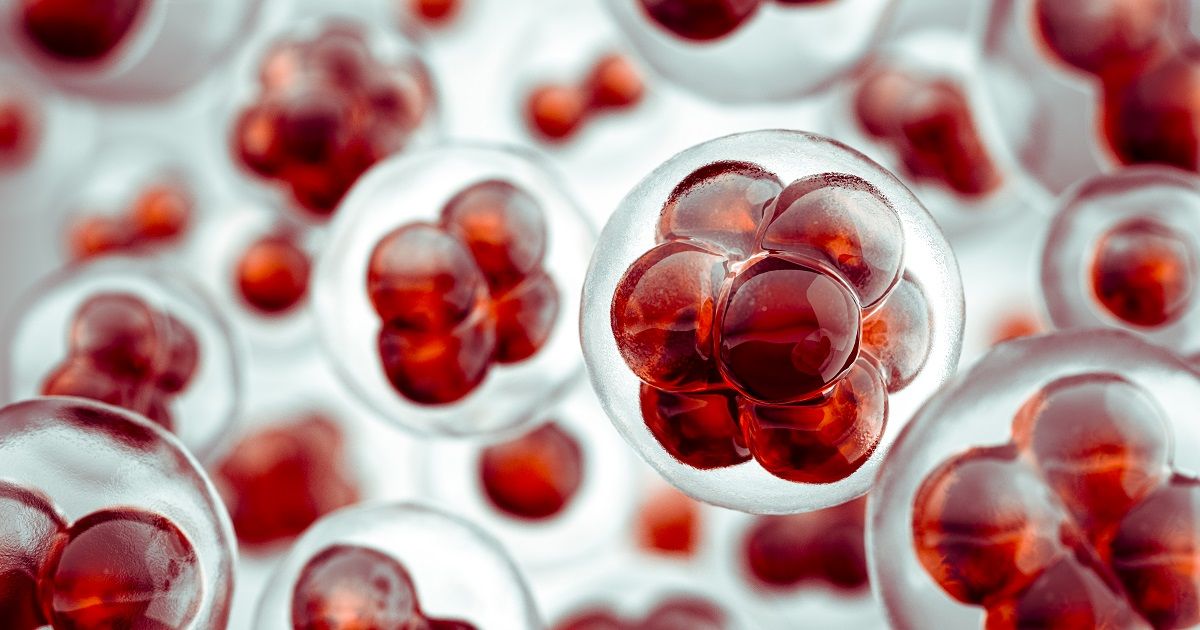
First article (#1 of 3) in three part stem cell series.
Summary: A brief tutorial on the science behind stem cell therapy.
Doctors already use stem cells to treat blood diseases, a cell-based therapy that has saved the lives of thousands of children with leukemia. Additionally, physicians used stem cells to successfully treat some types of bone, skin, and eye injuries and diseases. The potential of stem cell therapies is enormous, and some researchers feel that we will be able to regrow organs in the near future.
Our Natural Stem Cells
Stem cells replenish damaged tissues and serve as an internal repair system of our bodies. Stem cells have the remarkable ability to develop into many different cell types in the body. They divide without limit to replenish other cells and repair damaged tissue.
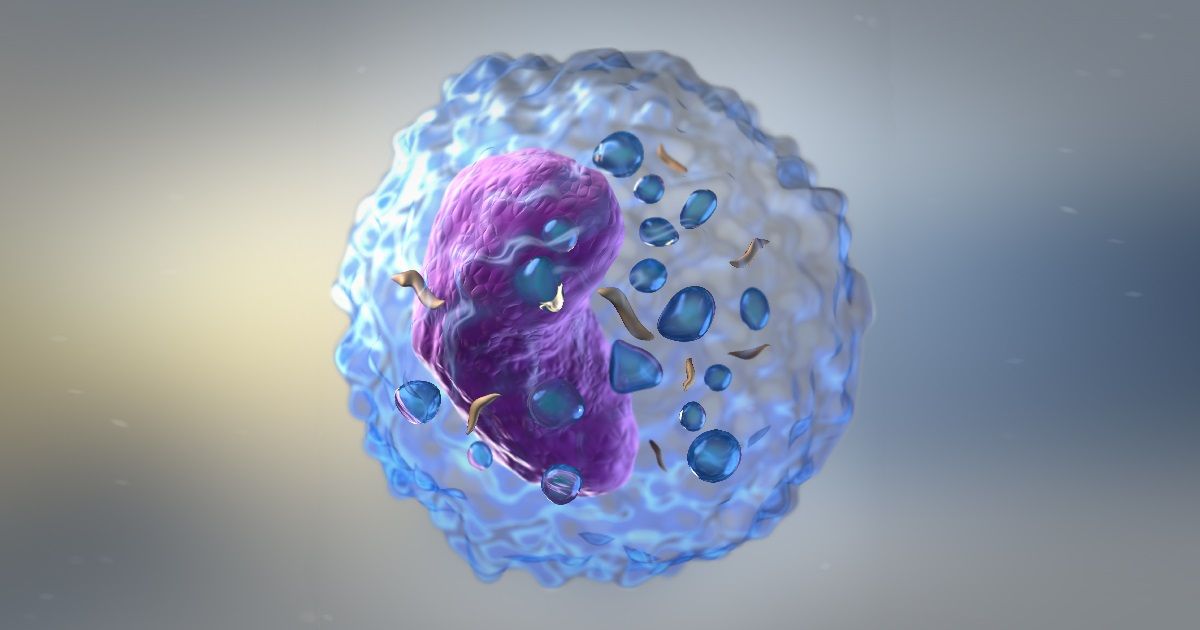
Cellular Garb-aging is the build-up of junk inside the cells that naturally occurs during aging. This article says why it happens.
To maintain protein homeostasis, and prevent garb-aging, the cell uses molecular chaperones, which help assemble and disassemble proteins. Chaperonins are a special class of chaperones that provide favorable conditions for the correct folding of other proteins, thus preventing aggregation. Chaperonins prevent the misfolding of proteins, which prevents conditions such as Mad Cow Disease. Sometimes, chaperonin proteins may also tag misfolded proteins to be degraded. When properly tagged, other processes can recognize the damaged or misfolded proteins and ‘take out the trash.’
Think of it as garb-aging removal.
Aging Leads to Cellular Garb-Aging
Unfortunately, advancing age brings about the decline of the molecular chaperones that aid in the folding process. To add insult to injury, we also experience a decrease in the other quality control process that help clear misfolded and damaged proteins from our cells. Our garb-aging removal processes fall to the wayside. Garb-aging takes its place.
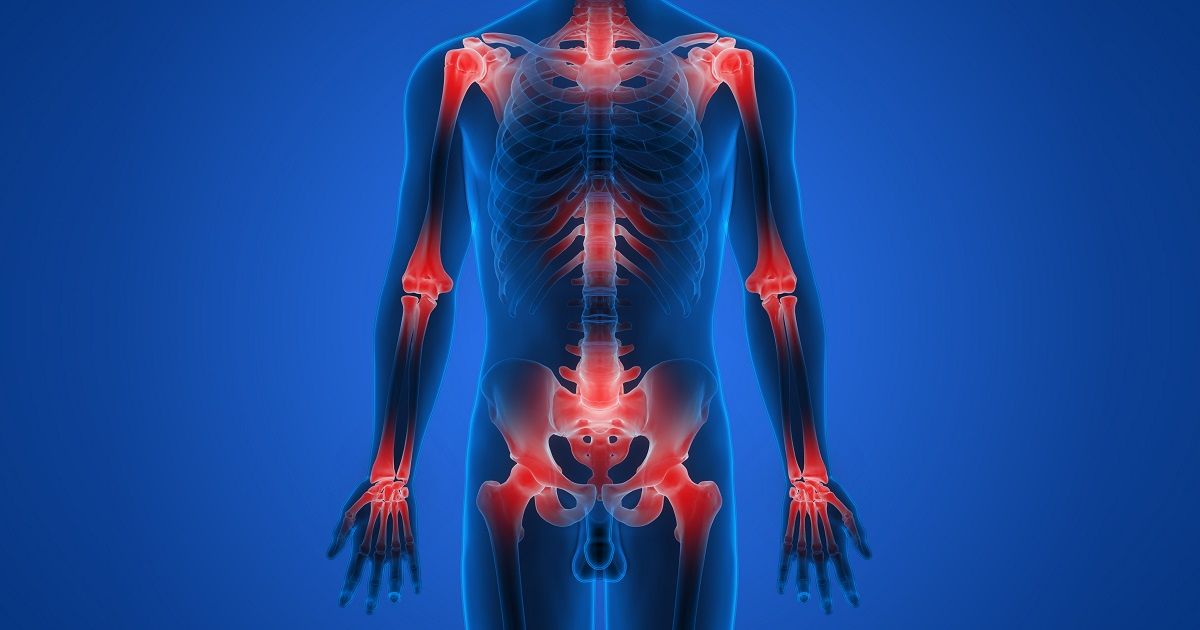
Researchers have discovered why inflammaging occurs and are working on new treatments. Inflammaging is new medical term for “the chronic inflammation brought on by old age.”
Summary: Inflammaging is a low-grade inflammation brought on by old age. It accelerates the aging process and worsens diseases like cancer and heart disease. Because inflammaging accelerates aging, geroscientists are perfecting a few cures for the condition.
As we age, most of us tend to develop a low-grade chronic inflammation that causes disease and damage throughout the body. Because this low-level inflammation typically accompanies aging, scientists have nicknamed it ‘inflammaging.’ Most geroscientists implicate inflammaging as the cause of many of age-related diseases including diabetes, heart disease, cancer, and dementia. These chronic diseases accelerate aging and shorten our lives.
There is good news, however. Geroscientists feel that reducing inflammaging will eliminate or reduce these diseases. In fact, these anti-aging scientists have developed several potential remedies to solve the problem.